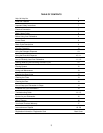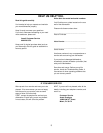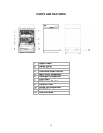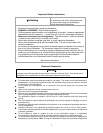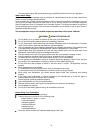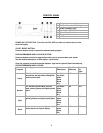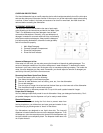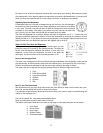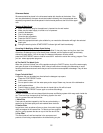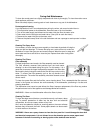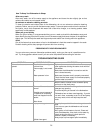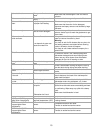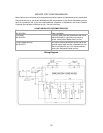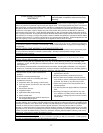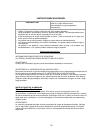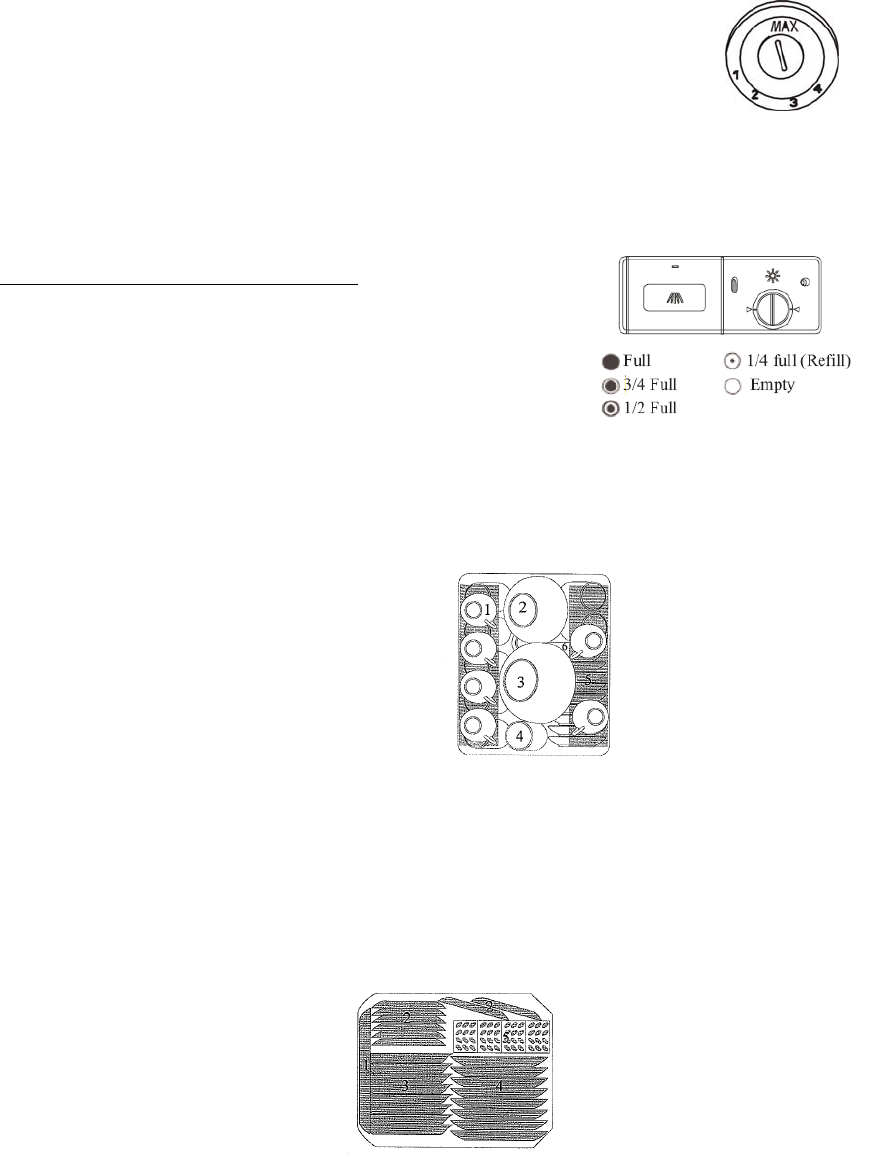
11
Be careful not to overfill the dispenser, because this could cause over sudsing. Wipe away any spills
with a damp cloth. Don’t forget to replace the cap before you close the dishwasher door. If you have soft
water, you may not need rinse aid for it may cause a white film to develop on your dishes.
Adjusting Rinse Aid Dispenser
A measured amount of rinse aid is released during the final rinse. As with detergent,
the amount of rinse aid needed for your dishes depends on the hardness of the water
in your area. Too much rinse aid can result in lather of foaming and cause cloudiness
or streaks on your dishes. If the water in you area is very soft, you may not need rinse
aid. If you do, you can dilute the rinse aid with an equal amount of water.
The rinse aid dispenser has 4 settings. Always start with the dispenser set on “1”. If spots and poor
drying are problems, increase the amount of rinse aid dispensed by removing the dispenser lid and
rotating the dial to “2”. IF the dishes still are not drying properly or are spotted, adjust the dial to the next
higher number until your dishes are spot-free. We suggest you to set on”3”.
When To Refill The Rinse Aid Dispenser
If there is no rinse aid warning light on the control panel, you can
judge the amount of rinse aid by the following means: The black dot
on the rinse aid dispenser indicates the amount of rinse aid in the
dispenser. As the rinse aid diminishes, the size of the black dot
decreases. You should never let the rinse aid get below ¼ full.
How to Use the Upper Rack
The upper rack is designed to hold more delicate and lighter dishware such as glasses, coffee and tea
cup and saucers, as well as plates, small bowls and shallow pans ( as long as they are not too dirty).
Position the dishes and cookware so that they do not get moved by the spray of waters.
The upper rack can be adjusted for height by putting wheels of different height into the rails.
1. Cups
2. Small Serving Bowl
3. Large Serving Bowl
4. Glasses
5. Saucers
6. Dish
How To Use The Lower Rack
We recommend that you place large items which are most difficult to clean into the lower rack: pots,
pans, lids, serving dishes and bowls, as shown in the figure.
It is preferable to place serving dishes and lids on the side of the racks in order to avoid blocking the
rotation of the top spray arm.
Pots, serving bowls, etc, must always be placed top down.
Deep pots should be slanted to allow water to flow out.
The bottom rack feature folds down tine rows so that larger or more pots and pans can be loaded.
1. Oval Platter
2. Dinner Plates
3. Soup Plates
4. Dessert Dishes
5. Silverware Basket



